This was published 5 years ago
Five critically endangered World Heritage sites to see before they disappear
By Michael Gebicki
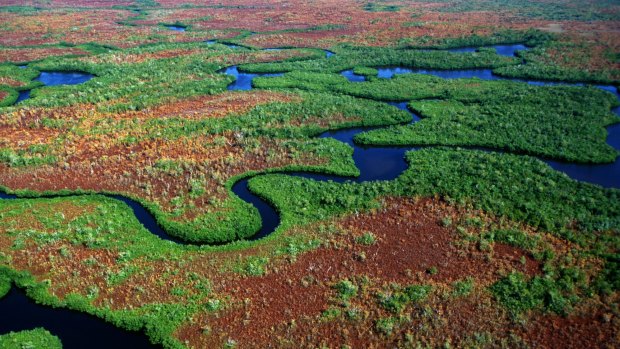
Everglades: The 'most threatened park in the US'.Credit: Alamy
Much is made of the World Heritage list these days, but what is it? One of the achievements of the conservation movement of the 1970s, the World Heritage list was sparked by concern for the planet's heritage in a rapidly developing world. As a response, in 1972 the United Nations Educational, Scientific and Cultural Organisation (UNESCO) established the Convention for the Protection of the World's Cultural and Natural Heritage, or World Heritage Convention, to identify sites of outstanding natural and/or cultural value. The current World Heritage list of almost 1100 properties includes the Taj Mahal, Venice, Serengeti National Park and the Grand Canyon. Australia has 19 entries, including the Lord Howe Island group and Kakadu National Park.
Inclusion on the World Heritage list elevates a place, a monument or a wilderness area to the trophy case. They join an exclusive club, calling attention to their unique character and ensuring the world treats them with the respect and care they deserve – but that doesn't always follow.
UNESCO itself now lists 54 of its World Heritage sites in danger, and you can't be too surprised at the appearance of Syria's war-torn Aleppo, Mali's ISIS-vandalised Timbuktu or Yemen's Old City of Sana'a on the endangered list. War and civil strife are the major reasons a World Heritage site ends up as a triage patient, but ecological devastation of unique and sensitive areas is why the endangered list also features World Heritage sites in South-East Asia, North America and Europe. Thus the shame list also includes the Tropical Rainforest Heritage of Sumatra, a byword for illegal logging, fires and agricultural encroachment, but also three sites in Palestine that are among the crown jewels of the world's spiritual heritage.
Here are some World Heritage sites you might want to see before change overtakes them.
Everglades National Park, Florida USA
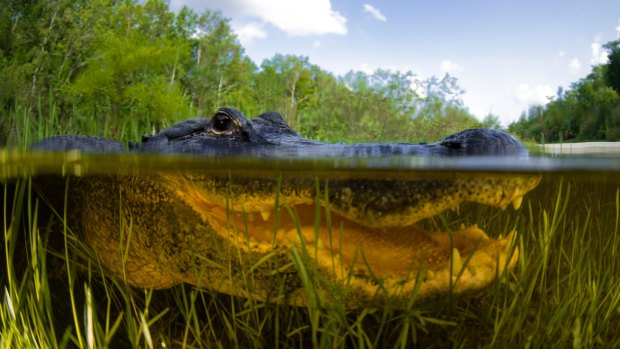
Credit: Alamy
Inscribed on the World Heritage in Danger list since 2010 over concerns at its deteriorating aquatic ecosystem, the Everglades National Park is often called the "most threatened park in the US". Drainage canals used for water control and diversion have interrupted natural flows, destroying thousands of acres of wetlands, while introduced species with no natural predators have outcompeted native flora and fauna. Pressure from urban development, industry and agriculture have destroyed more than half the original Everglades.
Church of the Nativity, Bethlehem Palestine
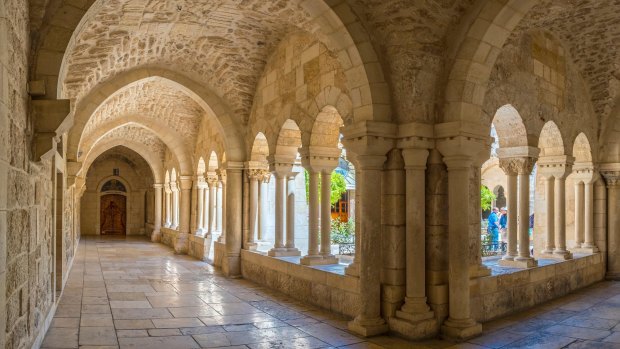
Credit: Alamy
Located in a Palestinian-administered area of the Israeli-occupied West Bank, venerated as the traditional birthplace of Christ, this church is reportedly in danger due to water leaks in the roof. Rotting roof timbers and 12th century mosaics and frescoes show evidence of damage and the seepage creates the danger of electrical fire. Part of the problem lies in the fact the administration of the church is in the hands of three custodians - the Greek Orthodox Church, the Armenian Orthodox Church and the Franciscan order, and co-operation is not always in evidence. Palestinians also consider the church a national treasure.
Historic Centre of Vienna, Austria
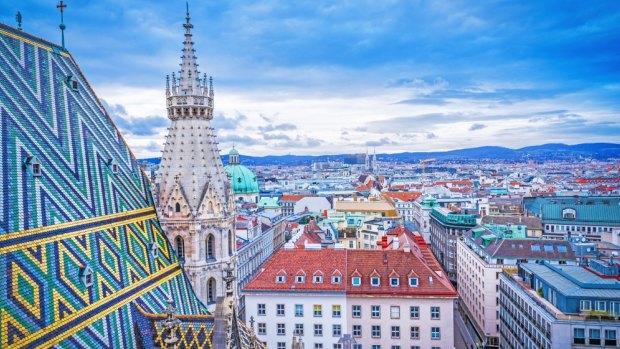
Credit: Shutterstock
Plans to build a 66-metre tower at the southern corner of Vienna's Stadtpark have jeopardised the World Heritage status of Vienna's historic heart. Plans for the 65,000-square-metre site include a hotel, luxury apartments in a high-rise tower, fitness and sports facilities, a new conference venue and a 1000-square-metre indoor skating rink. Even though it sits outside the Ringstrasse, the ring road that follows the course of what was once the city walls, UNESCO's World Heritage committee maintains the development will compromise the city's architectural and cultural heritage and affect the famous view of the city from the Belvedere Palace and Gardens. UNESCO is arguing for a height limit of 43 metres for any building in the city centre. While developers have accused the anti-development lobby of opportunism, opponents fear that if the project goes ahead it would usher in further high-rise development, overshadowing the splendid baroque architecture at the city's heart.
Atsinanana Rainforests, Madagascar
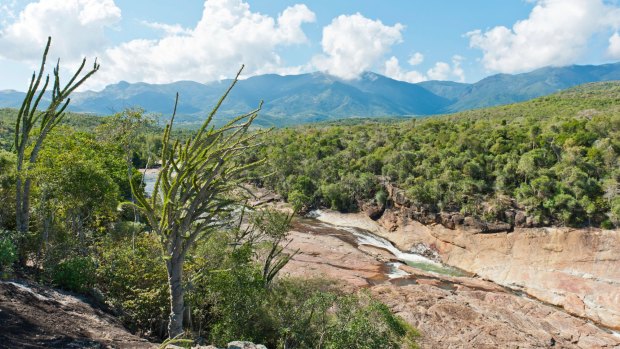
Credit: Alamy
The world's fourth-largest island, Madagascar is a living laboratory of evolution, isolated from the rest of the world for more than 60 million years. Its forests are home to a vast array of endemic animals, including half the world's chameleon species, 300 species of butterfly, 28 bat species, 150 frogs, 260 different reptiles and 32 species of primates. The blot on the landscape is the human population, which is expanding at a rapid rate and exploiting the island's natural resources at an unsustainable rate. The Atsinanana Rainforests is the collective name for six national parks along the eastern side of the island. All are under pressure from agricultural encroachment, illegal logging, hunting and mining and despite appropriate management systems, the management agency lacks the resources and the political will to enforce protection. Among the most affected are the furry, round-eyed lemurs, the pin-ups of Malagasy wildlife. According to two recent studies the population of one of Madagascar's lemur species, the ring-tailed lemur, has crashed by 95 per cent since 2000.
Selous Game Reserve, Tanzania
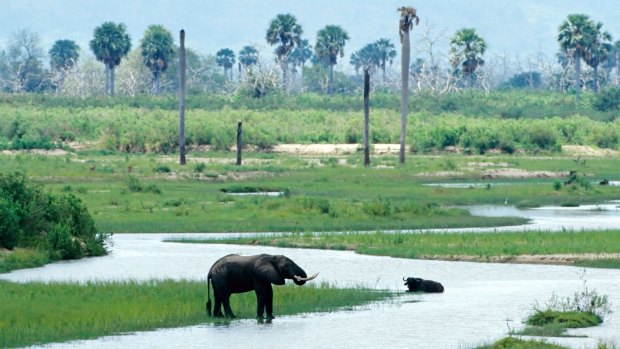
Credit: Alamy
Tanzania's biggest wildlife reserve has been on UNESCO's watchlist since 2014 on account of its elephant poaching. In a generation, the reserve has lost 90 per cent of its elephants. Now a hydroelectric dam on the Rufiji River at the heart of the Selous Game Reserve threatens to flood the reserve with a 1500-square-kilometre lake. As well as taking out habitat, conservationists fear the dam would open the way for industrialisation, infrastructure and settlements.
The World Heritage Casualty List
It takes a lot to get booted off the World Heritage List and so far only three sites have lost their listing. One was an oryx sanctuary in Oman which was found to have only four breeding pairs and which had been slated for oil exploration, another was Germany's Dresden Elbe Valley when it was bisected by a bridge. The most recent was the Republic of Georgia's 11th century Bagrati Cathedral due to unsympathetic restoration work.
See also: Do travellers care about a site's 'World Heritage status'?
See also: Don't go there: The world's dullest world heritage sites
Sign up for the Traveller newsletter
The latest travel news, tips and inspiration delivered to your inbox. Sign up now.